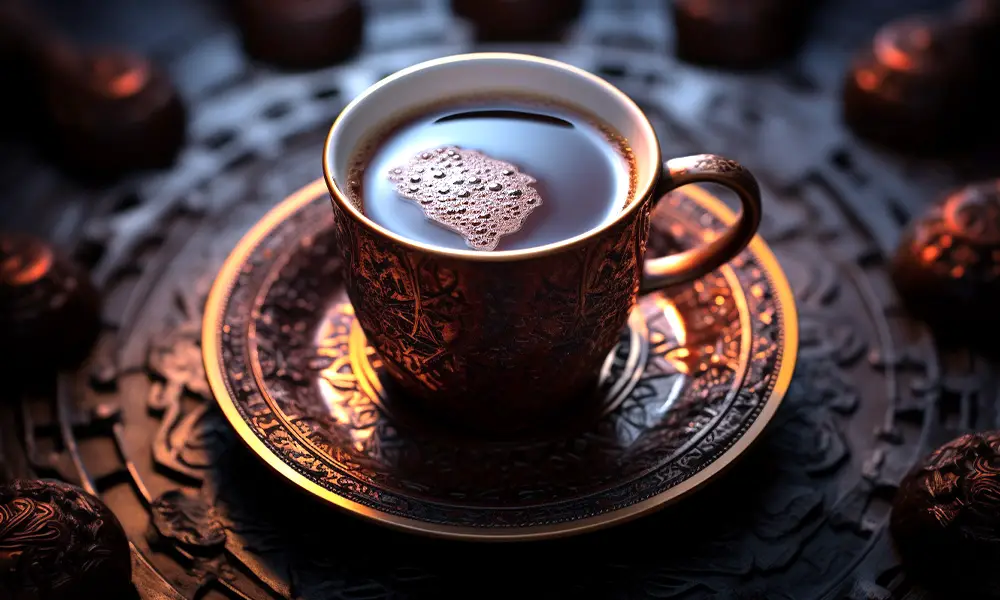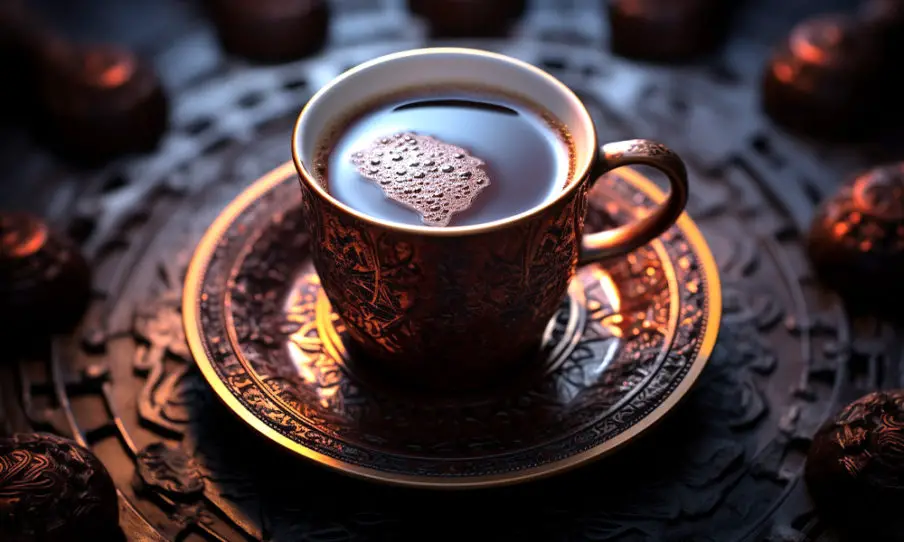
Malaysian Kopi stands out as a strong, sweet coffee that locals drink every day. People in Malaysia adapted it from colonial times, turning it into something that fits their tastes. This post covers its background, how it’s made, different kinds, and ways to try it yourself. If you’re into coffee, Kopi offers a bold option worth tasting.
A Brief History of Malaysian Kopi
Coffee came to Malaysia in the late 1800s when the British brought it during colonial rule. At first, it was Arabica beans, but locals shifted to hardier types like Robusta and Liberica to match the climate. Malaysians changed the brew by mixing in sweetened condensed milk to cut the bitterness, making Kopi a daily habit.
In the beginning, street vendors sold it from carts on roadsides, serving workers affordable cups with snacks like toast or curry puffs. By the 1950s, kopitiams—simple coffee shops—opened up. These spots turned into places where people met, talked, and started their mornings with Kopi. Today, kopitiams still play a big part in daily life, especially in cities like Kuala Lumpur and Penang.
Hainanese immigrants shaped much of this tradition. They ran many early kopitiams and developed roasting methods that define Kopi now.
The Beans and Roasting Process
Malaysia grows mostly Liberica beans, which make up about 90% of production, with Robusta filling the rest. These beans handle the tropical weather better than Arabica and give Kopi its full, earthy taste.
Roasters cook the beans in a wok over charcoal, adding sugar, margarine or butter, and sometimes salt or sesame seeds. They stir constantly to coat the beans evenly, creating a dark, shiny finish from caramelized sugar. This step brings out chocolate and caramel notes while adding a slight char. Longer roasts make the flavor stronger and more bitter.
After roasting, workers cool the beans quickly with fans and shovels to stop them from clumping. Then, they grind them into a fine powder, ready for brewing.
The Signature Brewing Process
To make Kopi, start with that fine ground powder. Traditionally, you use a cloth sock filter hung over a pot. Spoon in the grounds, pour hot water (around 90-95°C) over them, and let it drip through. This method pulls out a thick, concentrated brew.
Add sweetened condensed milk to the cup first—about 1-2 tablespoons—then pour in the coffee. Stir to mix the dark liquid with the milk for a smooth, tan drink. Some places use evaporated milk or sugar instead, depending on the type.
Types of Malaysian Kopi
Kopi comes in many forms, each with its own mix of milk, sugar, and strength. Here’s a table showing common ones:
| Type | Description | Ingredients/Additions |
|---|---|---|
| Kopi | Standard version with condensed milk | Coffee, condensed milk, sugar |
| Kopi O | Black coffee with sugar | Coffee, sugar (no milk) |
| Kopi O Kosong | Black coffee, no sugar | Coffee only |
| Kopi C | With evaporated milk and sugar | Coffee, evaporated milk, sugar |
| Kopi Peng | Iced with condensed milk | Coffee, condensed milk, ice |
| Kopi Kaw | Strong and thick | Extra concentrated coffee, condensed milk |
| Kopi Cham | Mixed with tea | Coffee, tea, condensed milk |
| Kopi Po | Diluted for milder taste | Coffee, extra water, optional milk |
These names help you order exactly what you want at a stall. For example, “Kopi Peng” gets you a cold one on a hot day.
The Taste Experience of Kopi
When you sip Kopi, expect a thick, sweet drink with a strong coffee hit. The roasted beans give it a bittersweet edge, like dark chocolate with a hint of char. Condensed milk adds creaminess and cuts the sharpness, making it feel almost like a treat.
The texture sets it apart—it’s denser than regular drip coffee, coating your mouth. Colors shift from black to tan once mixed. If you’re used to lighter brews, it might seem intense at first, but the balance grows on you.
Robusta and Liberica beans pack more caffeine, so one cup wakes you up fast. Some find white coffee (roasted with margarine, no sugar) milder with less acidity, which might suit sensitive stomachs better.
How to Brew Kopi at Home
You can make Kopi without fancy tools. Gather ground Kopi powder, hot water, condensed milk, and a filter— a cloth sock works best, but a fine mesh strainer does in a pinch.
Steps:
- Put 12-15 grams of powder (about 2 tablespoons) in the filter over a pot or mug.
- Pour 240 ml of hot water slowly over the grounds.
- Let it steep for 3-4 minutes, then remove the filter.
- Add condensed milk or sugar to taste, stir, and drink.
For iced Kopi Peng, pour over ice. Adjust water for strength: less for bold, more for light. Instant packs from stores offer a quick fix, mixing coffee, sugar, and creamer in one sachet.
The Role of Kopi in Malaysian Culture
Kopi goes beyond a drink—it’s part of social life. People meet at kopitiams to chat, eat, and relax. These shops, often run by families for generations, serve Kopi with dishes like nasi lemak or roti canai.
Mamak stalls, operated by Indian Muslims, add their spin with fresh brews and late-night service. Hawker centers buzz with vendors pouring Kopi amid food smells. It’s a ritual that brings communities together, from morning routines to evening hangs.
In recent years, third-wave coffee shops have popped up, focusing on single-origin beans and light roasts. But traditional Kopi holds strong, with its flavored roasting appealing to those who like consistency over subtlety.
Where to Find Authentic Kopi in Malaysia
Head to kopitiams for the real deal—places like Yut Kee in Kuala Lumpur or Toh Soon in Penang use old recipes. Mamak stalls offer Kopi with Indian food, perfect for a casual stop.
Hawker centers in markets or malls have stalls brewing fresh cups. For home, supermarkets sell ground powder or instant mixes to take the taste abroad.
If traveling, look for chains like OldTown White Coffee, which started as a kopitiam and now sells packaged versions.
Modern Twists on Traditional Kopi
Today, people blend Kopi into frappes or add flavors like pandan. Cafes mix it with craft elements, like using local beans in espresso machines. Iced versions rule in the heat, and some cut sugar for healthier options.
White coffee has gained fans for its smooth taste, often sold as 3-in-1 packets. Experiment with your brews—try Kopi Cham for a coffee-tea hybrid.
Final Thoughts
Malaysian Kopi delivers a rich, adaptable coffee experience. From its colonial roots to daily rituals, it reflects local ingenuity. Try different types and spots to find what you like. Brew some at home or visit Malaysia to taste it fresh. Once you do, you’ll see why it sticks with people.

